The 25 Blockbuster IT Executive Moves Of 2012

Ousters, Promotions, Changings Of The Guard
After an action-packed 2011 -- one that saw CEO changes at the three biggest companies in technology and countless smaller moves -- you could be forgiven for expecting a somewhat calmer 2012. But, it was not to be, as throughout the year, major moves rocked the upper executive echelons of companies like Microsoft, Apple, Intel, Yahoo, HP and Cisco. Here's a roundup of 25-or-so of the most significant headline grabbers from 2012.
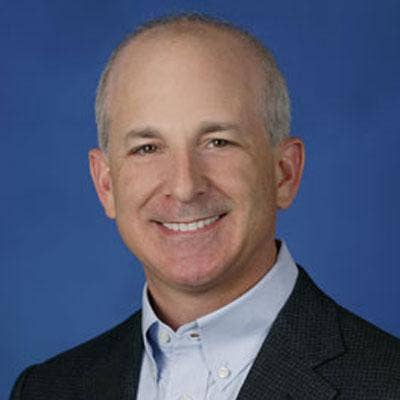
Steven Sinofsky
There was no more dramatic tech executive move in 2012: Steven Sinofsky, just weeks after the launch of Windows 8, was ousted from Microsoft in November. Sinofsky, a 22-year Microsoft veteran, was president of Microsoft's all-important Windows and Windows Live Division. Several sources indicated to various news outlets that Sinofsky was a contentious figure within Microsoft, and that Microsoft CEO Steve Ballmer had sought -- and gained -- former CEO and co-founder Bill Gates' blessing to boot him.
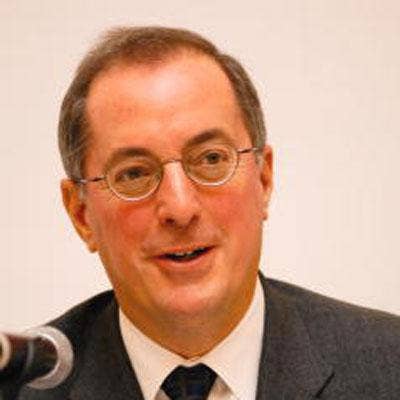
Paul Otellini
Intel President and CEO Paul Otellini surprised the industry in November by announcing he will retire in May 2013 -- an expected move, but now happening way earlier than most industry observers expected. Even Intel insiders were caught off guard by Otellini's choice; Intel Chairman and former CFO Andy Bryant told news outlets that Intel tried to get Otellini, who's run Intel for eight years and worked there for nearly 40, to stay longer.
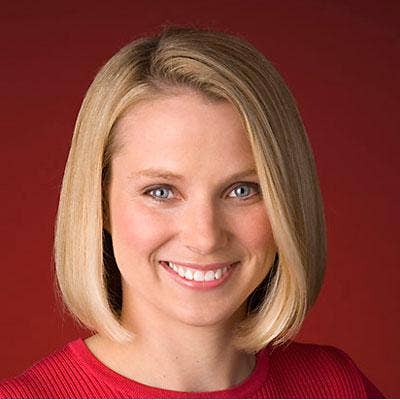
Marissa Mayer
As tech giant defections go, it was a doozy: Marissa Mayer, who was Google's 20th employee and something of a celebrity executive, became Yahoo's surprise choice for a new CEO in July. Mayer is the fifth CEO of Yahoo in the span of a year, following the firing of Carol Bartz, the replacement of interim CEO and former CFO Tim Morse, the hiring and then ouster of Scott Thompson, who was found to have falsified his academic record, and the replacement of Ross Levinsohn, who was named interim CEO and at one point was thought to have the inside track for the permanent CEO post.
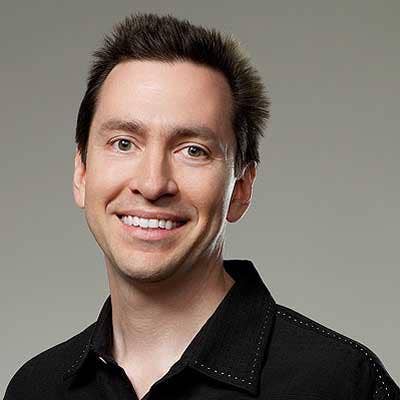
Scott Forstall
The most significant executive move in the Tim Cook era at Apple was the firing of Scott Forstall, Apple's former head of iOS software, in October. Forstall, who'd been with Apple since 1997 and was considered a potential Steve Jobs successor, was ousted following his reported refusal to apologize for Apple's faulty new Maps app in iOS 6.
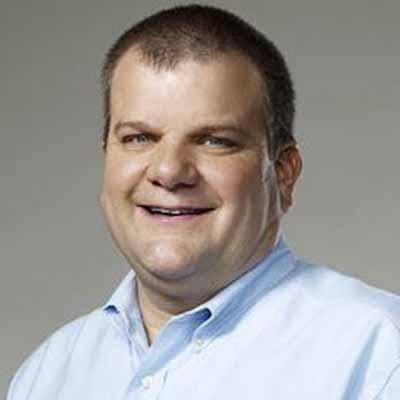
Bob Mansfield
Back in June, it seemed like Bob Mansfield, Apple's well-respected SVP of hardware engineering, was on his way out, having announced a forthcoming retirement. But no sooner was Mansfield "out" than Apple pulled him back in, confirming in August that Mansfield would stay at the company after all to work on then-unspecified future projects.
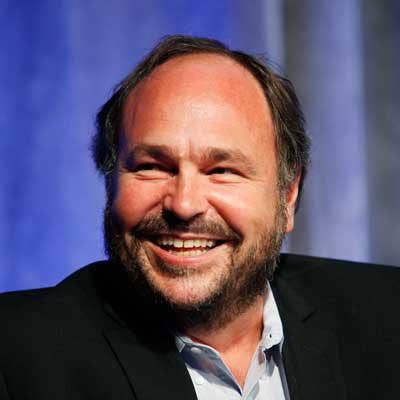
Paul Maritz
In one of the year's most interesting moves, VMware CEO Paul Maritz was moved out of that role in July and handed a new role as chief scientist at EMC, which majority-owns VMware. Maritz was later confirmed by EMC to be taking over the Pivotal Initiative, a spinoff company that will house EMC big data technology and VMware PaaS products like vFabric.
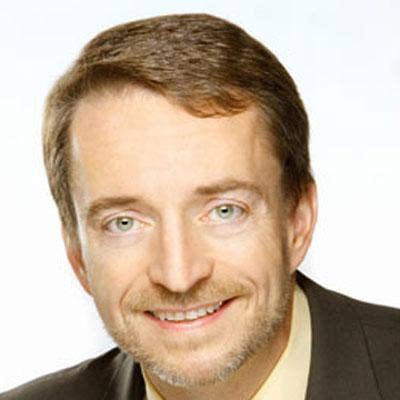
Pat Gelsinger
Meanwhile, Pat Gelsinger took over for Maritz as VMware's CEO. Gelsinger, a 30-year Intel executive who'd joined VMware majority-owner EMC in 2009, was previously president and COO of EMC's information infrastructure products division.
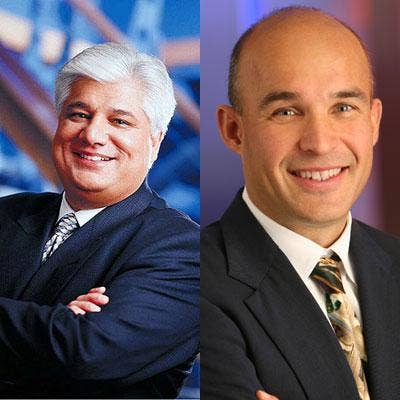
RIM CEOs
The brutal decline of Research In Motion finally meant the exit of its co-CEOs, Mike Lazaridis and Jim Balsillie, in January 2012. Thorsten Heins, former RIM co-COO, has been at the helm ever since.
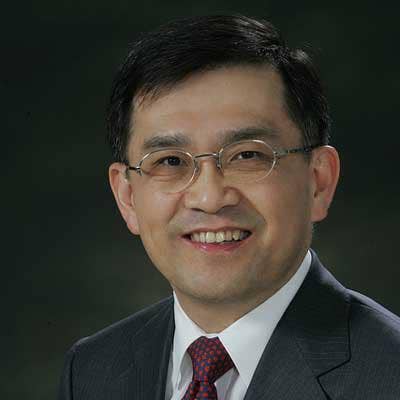
Oh-Hyun Kwon
There isn't any other vendor better equipped to challenge Apple in the all-important mobile market than Samsung, which was locked in a patent lawsuit with Apple for most of 2012 and will go back to trial in 2014 over a fresh round of allegations. Samsung's leader is now Oh-Hyun Kwon, who was previously head of its components business and now runs a nearly $150 billion electronics and technology empire.
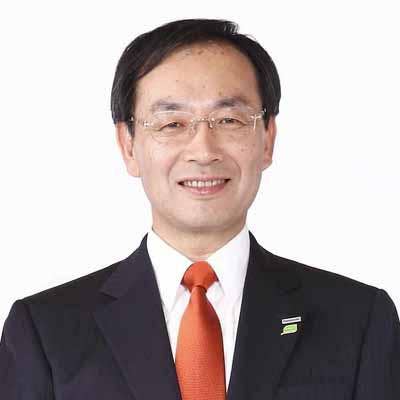
Kazuhiro Tsuga
The man tasked with turning around troubled Panasonic -- one of the proudest of the Japanese electronics success stories -- is Kazuhiro Tsuga, who was named president of Panasonic in February following a stint as senior managing director and president of Panasonic A/V. Given Panasonic's billions in losses, it remains an uphill battle.
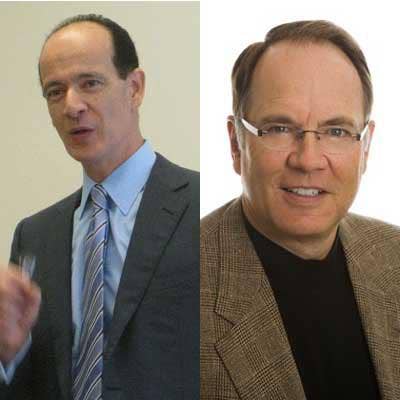
Enrique Salem/Steve Bennett
All eyes are on Symantec in January, which is when CEO Steve Bennett is supposed to lay out an evolved corporate strategy for the plodding security vendor. Bennett, who was already board chairman at the time of his promotion to CEO, replaced former CEO Enrique Salem in July following a precipitous drop in Symantec profit.
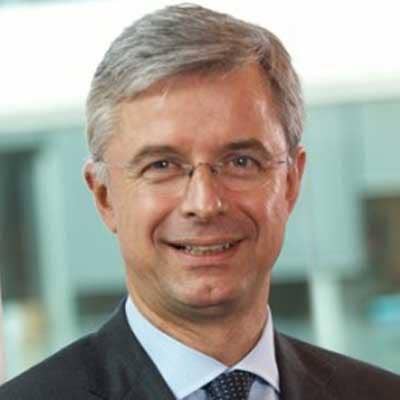
Hubert Joly
Hubert Joly is widely regarded as a turnaround expert, which is exactly what Best Buy needs. Joly was announced as the new CEO of Best Buy in August 2012. He was previously CEO of Carlson, a global hospitality and travel company, and led a restructuring at video game-maker Vivendi, as well as drove a turnaround of EDS in France from 1996 to 1999. At Best Buy, he was the permanent replacement for ...
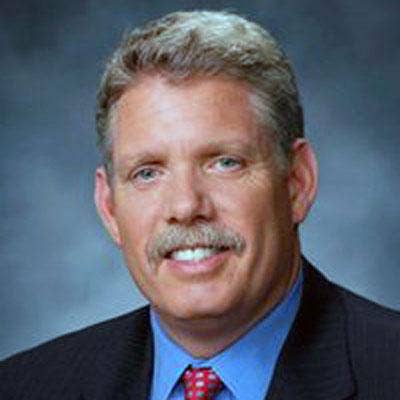
Brian Dunn
... disgraced former chief executive Brian Dunn, who resigned in April 2012. An investigation into allegedly improper conduct by Dunn turned up a relationship with a female employee that "negatively impacted the work environment."
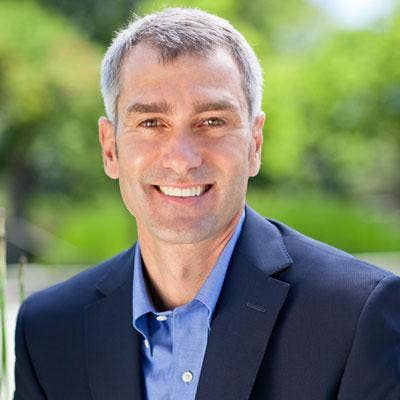
Bill Veghte
HP has pledged that when the time comes for CEO Meg Whitman to exit the company -- hopefully long after cleaning up the mess she inherited from successors named Fiorina, Hurd and Apotheker -- it will promote its next chief executive from within. HP seemed to signal an heir apparent with the promotion of former Microsoft executive Bill Veghte to chief operating officer in May. Veghte, who joined HP in 2010, had previously run HP's software business unit.
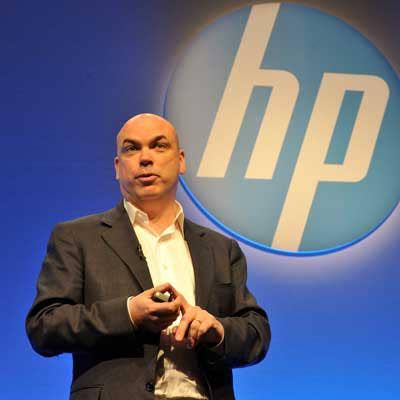
HP Executive Changes
HP's executive changes were so frequent throughout 2012 that they could probably fill an entire "notable IT moves" roundup. The big exits included 31-year veteran Vyomesh Joshi, ousted as EVP of HP's Imaging and Printing Group (IPG), former Autonomy CEO Mike Lynch (pictured), now at war with the company over Autonomy's squirrely accounting, and Jon Rubinstein, the former CEO of HP-acquired Palm.
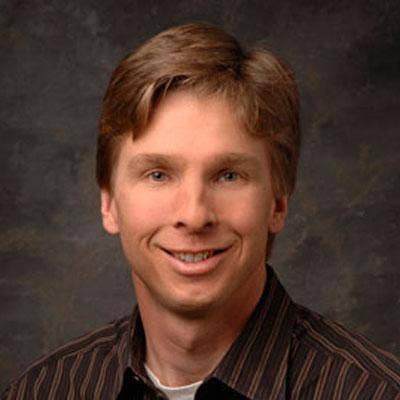
Cisco Executive Changes
Cisco's substantial global restructuring meant moves in all of its major businesses, and at the same time, the race is once again on to succeed CEO John Chambers, who said he's planning to relinquish control of Cisco within 2 to 4 years.
Among the notable, upper-level Cisco changes: Rob Lloyd became president, sales and development, adding engineering to his purview, and Gary Moore added president on top of his COO title. Meanwhile, Padmasree Warrior became chief strategy and technology officer, awarding sole leadership of Cisco engineering to SVP Pankaj Patel, and Chuck Robbins became senior vice president, worldwide field operations. And among the major Cisco exits was former chief strategy officer Ned Hooper (pictured), who left Cisco in June to start an independent investment fund.
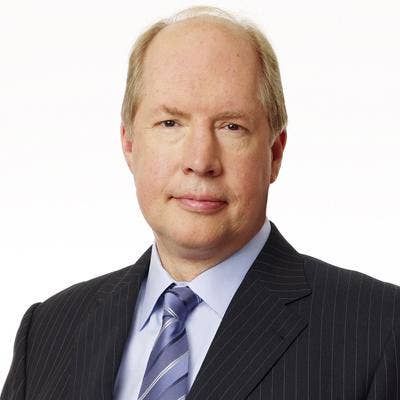
John Swainson
In a year of major executive changes in the upper echelons of Dell, the most significant hire was John Swainson, the former CEO of CA Technologies and now the head of Dell's all-important software group. Swainson, who was CEO of CA from 2005 to 2009 and worked for IBM for 27 years, was most recently a senior adviser to private equity big wheel Silver Lake.
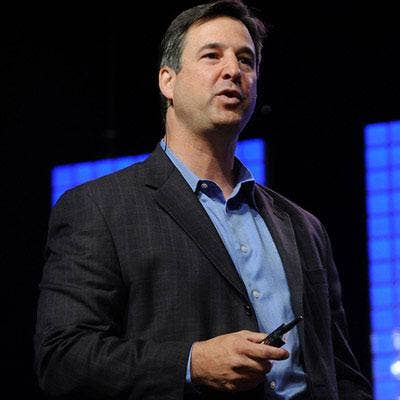
Dell Executive Changes
Dell made a number of additional executive moves beyond Swainson's hiring. In August, it brought on Marius Haas (pictured), the former M&A ace and Networking chief at HP, as president, Enterprise Solutions. Haas replaced Brad Anderson, who'd run the unit since 2005. Dell also hired former Alcatel-Lucent enterprise boss Tom Burns, bumped up former Dell Networking chief Dario Zamarian and parted ways with two key executives, Dell Services boss Steve Schuckenbrock (replaced by former Wipro EVP Suresh Vaswani), and former storage chief Darren Thomas.
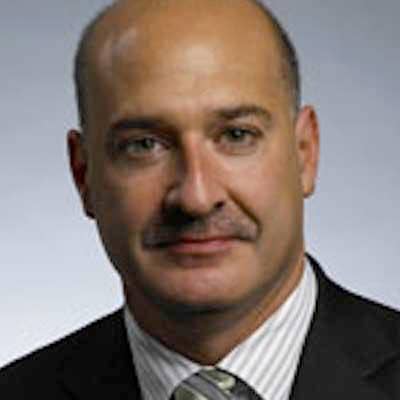
Keith Block
In one of the uglier executive exits of 2012, Keith Block, Oracle's former head of North America sales, was booted from the company after he wrote messages critical of Oracle's management, particularly co-president Mark Hurd, and Oracle's $7.3 billion acquisition of Sun Microsystems.
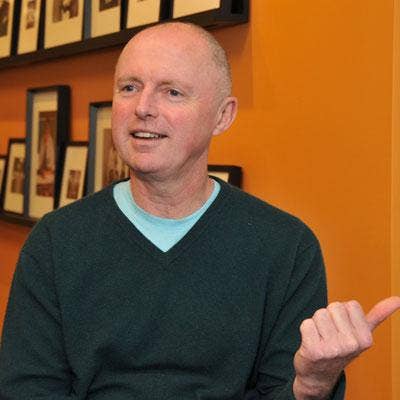
Sean Maloney
Long-considered as a potential candidate for the top job at Intel, Sean Maloney instead opted for retirement, announcing in September that he will leave in January 2013. Maloney, most recently EVP and chairman of Intel China, returned to Intel in January 2011 after being sidelined on medical leave for nearly a year to recover from a stroke.
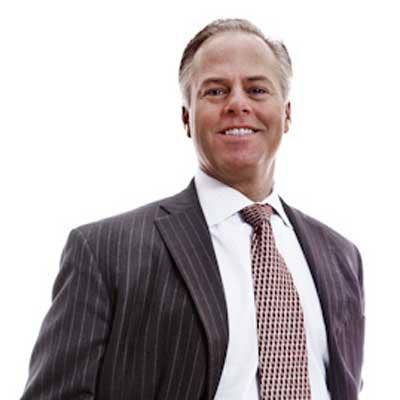
Michael Gregoire
The left-field pick to succeed Bill McCracken as CEO of CA Technologies was Michael Gregoire, named in December. Gregoire might have been a surprise, but his software industry resume is a long one. He was most recently CEO of Taleo, an HR software specialist that he ran for seven years before its sale to Oracle earlier in 2012.
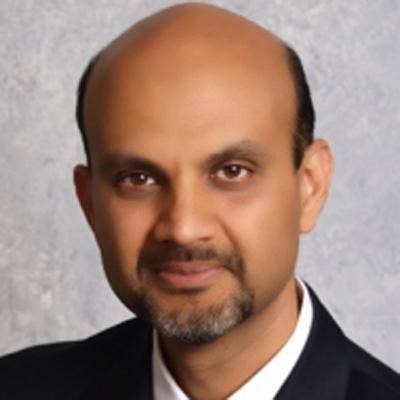
Mohamad Ali
Mohamad Ali traveled a start-stop path in 2012. No sooner did he leave Avaya, where he'd been named to lead the global service practices, when he found himself having to leave Aspect Software, where he'd been named co-CEO, following a legal dispute with Avaya. Ali landed well, however, joining HP in September 2012 as chief strategy officer.
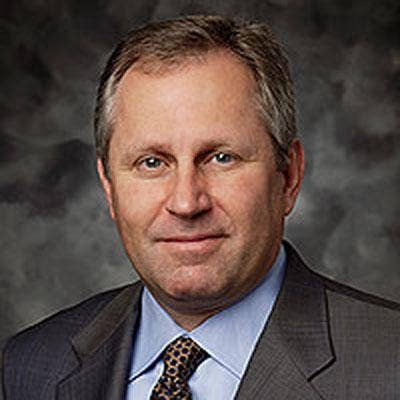
Michael Klayko
Outgoing Brocade CEO Michael Klayko announced his departure back in August 2012 after seven years at the company's helm. In January 2013 finally came news of a successor: Lloyd Carney, a former Juniper and Nortel executive who'd most recently run Xsigo, now owned by Oracle.
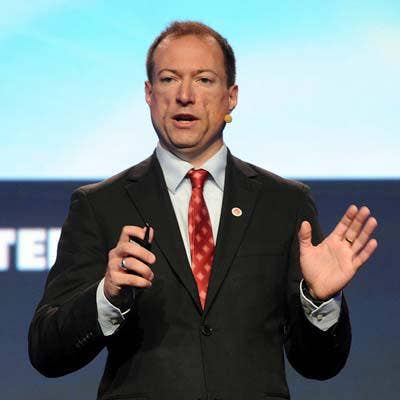
John Roese/Matt Bross
The year brought a number of setbacks for Chinese telecom giant Huawei, which in October was described in a scathing U.S. House of Representatives intelligence committee report as a national security risk. Less-discussed, however, were the departures of two of its best-known Western executives, including John Roese (pictured), now CTO of EMC, and Matt Bross, Huawei's North America CTO.
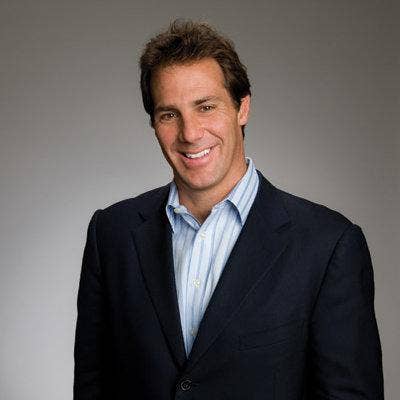
David DeWalt
Former McAfee CEO David DeWalt is fond of telling news outlets he's turned down scores of CEO jobs in the years since leaving that security company. He seemed to have finally found his match in November 2012, however, when he was named chief executive officer of FireEye, which specializes in security against zero-day exploits and APT attacks.